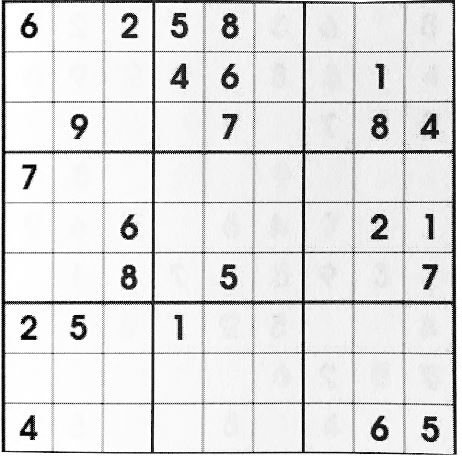Table of Contents
- The $214,000 Mistake, How to Double Your Social Security and Maximize Your IRAS Hit #1 in Nine Categories on Amazon
- Will Power Doesn’t Work
- Sudoku
- Recipe: Roasted Vegetable Lasagna with Ricotta Cheese
The $214,000 Mistake, How to Double Your Social Security and Maximize Your IRAs Hit #1 in Nine Categories on Amazon!
by James Lange, CPA/Attorney
Thank you. We could not have done it without you. Our newest book, The $214,000 Mistake, How to Double Your Social Security and Maximize Your IRAs, hit #1 in nine categories on Amazon.
Kindle Store > Kindle eBooks > Business & Money > Taxation > Personal
I put a lot of time and effort into creating what I consider valuable content that will help people live more prosperous and comfortable lives. This book has tremendous value for affluent readers…but the book has even more value for readers of moderate means.
Please, request copies to give away to your housekeeper, your favorite waitress, your gardener, anyone you know who you think might benefit from our recommendations. I want these best practices for getting the most out of your Social Security to be widely disseminated and acted upon. As one reviewer said:
Will Power Doesn’t Work
by James Lange CPA/Attorney
• Removing or altering everything in your environment that opposes your commitment
Roasted Vegetable Lasagna with Ricotta Cheese



